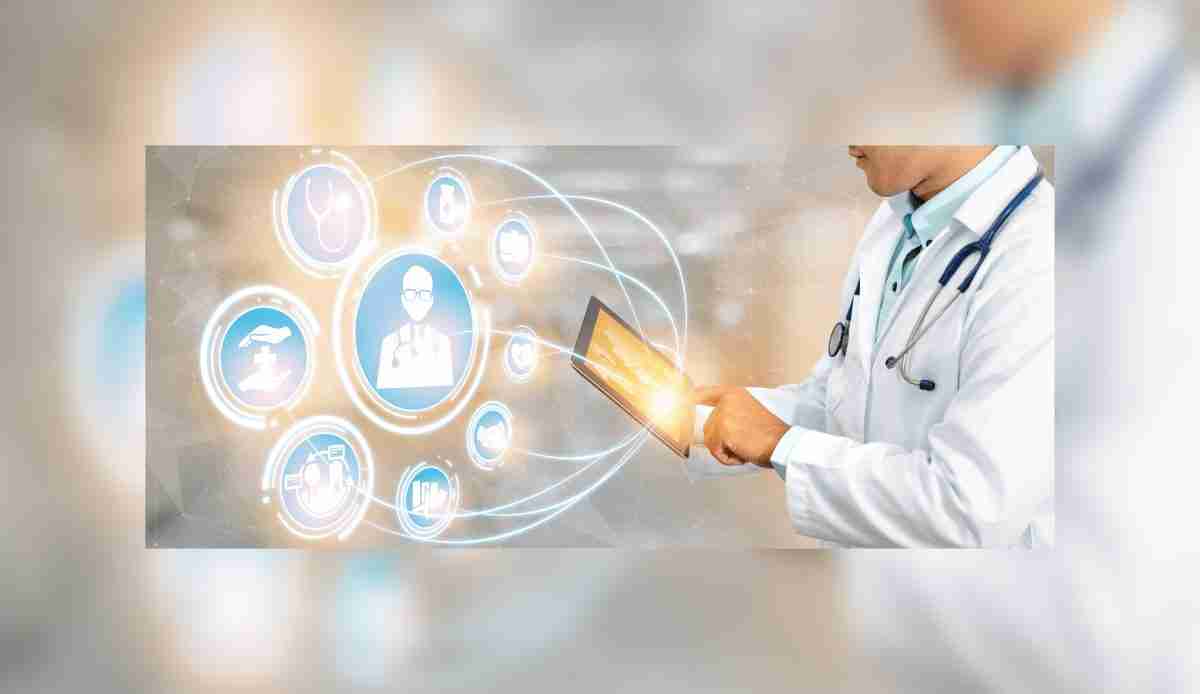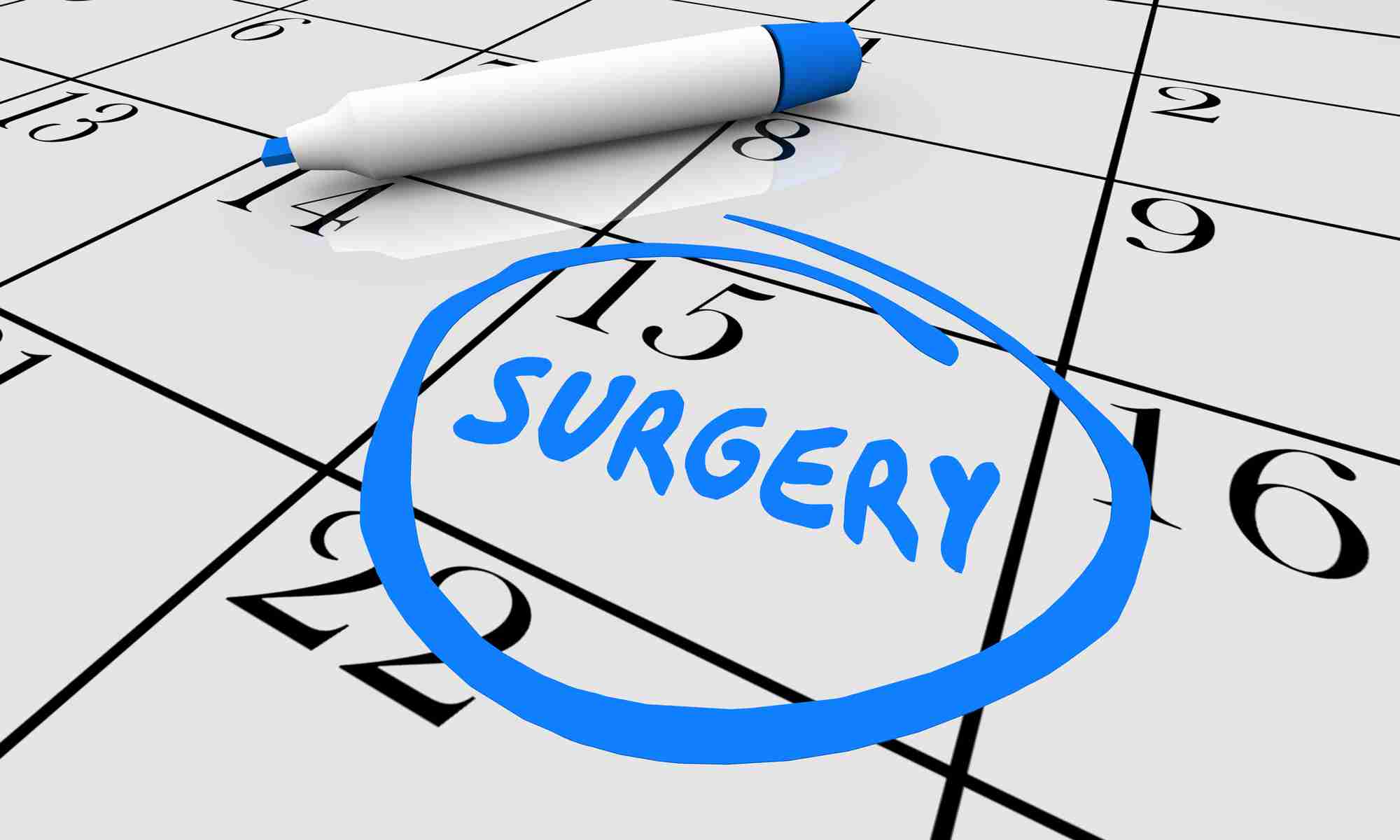Today’s Health Consumers Want Easy Access to True Costs and Quality Services
When we purchase something at a store, we’re given the price before we decide to buy. But when we go into the doctor’s office, we’re provided a service where we may (or may not) pay out of pocket or we have a co-pay but rarely check on costs beforehand.
Sometimes we don’t even know the price until we receive the bill and rarely ever question the portion of costs paid by our insurance.
And it isn’t just healthcare costs that seem a mystery. Knowing where our personal health records are, how to access them, what is in them, let alone how to use that information with other personal health data to create an overall picture of health and improve personal health seems nearly impossible.
It seems backwards and outdated. Probably because it is.
While this has been the norm for decades, in today’s changing healthcare landscape, it seems backwards and outdated. Probably because it is.
Consumers are done with the old way. Today’s health consumers want easy access to true costs and quality services. They want a transparent healthcare ecosystem that allows them to shop for healthcare services much like they do other products and services, and they want to own their own records and the data associated with their health journey.
As the saying goes, you’re either part of the problem or part of the solution. In order to achieve this solution, we should understand some of the factors driving the movement for health transparency and why the consumer is at the center of making change happen.
Healthcare Consumers Have Evolved Into Healthcare Shoppers
In the employer-based health insurance system on which we’ve come to rely, most health consumers typically select a provider for themselves and their family and then see that provider at any time with either a slight co-pay or deductible.
As prices have continued to rise for care and deductibles grow, however, consumers have become more aware of pricing and the complexities that come with trying to track down pricing and determine value for services. As a result, today’s health consumer has been turned into a shopper – researching, making careful purchasing decisions, and ultimately buying health services and care.
It’s a small but important distinction, because shoppers inherently want options, transparency, and honesty about the healthcare choices they are making and they most definitely don’t want their healthcare experience to feel veiled in secrecy or mired in confusion.
So, when we talk about the healthcare consumer today, know that we are referring to the emerging healthcare consumer: the consumer who assertively shops for the best care for the best value for themselves, their family, or the loved-ones in their care.
But let’s take a step back and get a closer look at just a few of the trends that have pushed consumers into a position to start demanding a more transparent healthcare ecosystem.
Cost Tops the List of Consumer Pain Points
An Experian Health study estimates that 20% of all consumer earnings will go to healthcare by 2025. People are worried about paying for their healthcare bills, with good reason.
In a poll conducted by NPR, The Robert Wood Johnson Foundation and Harvard’s T.H. Chan School of Public Health, more that a quarter of adults said than healthcare costs have caused them serious financial problems.
And according to a Becker’s Hospital Review article reporting on an Experian Health study:
“The top pain points for patients in their healthcare experience are related to payment. Specific dissatisfaction issues included: comprehending the amount of money they owe for care and whether those out-of-pocket costs are fair market price, as well as ensuring they are financially able to pay for their care, Experian reported. Patients also identified ‘determining what financial support is available,’ ‘ensuring that what is owed to the provider is accurate’ and ‘understanding the amount covered by their health insurance’ as dissatisfaction issues.”
Nearly Universal Adoption of High-Speed Internet in the U.S.
While there are still areas in the United States that don’t have high speed Internet, particularly in rural areas, most Americans do have access. In fact, more than 92% of Americans have access to high-speed Internet, according to the Federal Communications Commission.
This unprecedented access allows nearly anyone in the U.S. to research and learn about nearly any healthcare topic imaginable, from prevention to treatment.
Health consumers suddenly have instant access to…
- Estimates for medical care pricing in their area,
- A variety of choices for seeking treatment,
- Quality and patient satisfaction rankings and repor1ts,
- Alternative medicines, and telemedicine, and
- So much more!
This information is coming from everywhere. A recent Accenture report states that websites are still the top technology people use to manage health, but mobile, electronic health records (EHRs), social media, and wearable technologies, among others, are on the rise.
People are expecting to find exactly what they need to know at the touch of a button, but finding accurate, understandable healthcare information online is still a barrier with wide gaps in pricing for a single procedure and challenges determining value.
Health Technology is Rapidly Advancing
From EHRs and telemedicine, to wearables that track health and fitness levels, technology is upping the healthcare game on all levels.
- Wearables are able to sense a variety of body activity, produce real-time data on caloric output, track both aerobic and anaerobic activities, and pass that data along to users.
- EHRs grant what could be near instant access to patient records that are accurate and up-to-date.
- Telemedicine is helping consumers reach healthcare experts in real-time from around the globe, giving rural consumers access to doctors if they are unable to get to one easily. Telemedicine also supports health consumers at home if they are unable to leave the house or need medical follow-up that doesn’t require being at a hospital or medical facility.
This is just the tip of the iceberg, but for health consumers, these technologies and others are setting the table for game-changing personal health opportunities and choices with maximum convenience.
The “Internet of Things” gives us unprecedented access to nearly unlimited data. The Internet of Things (IoT) is transforming the way consumers look at and use healthcare data for improving their own health. It is also changing the level of detail and types of data consumers are able to give their providers.
Additionally, providers are able to proactively collect and interpret a history of health and wellness data for care.
Wearables are the most obvious example, but we aren’t just talking about fitness trackers. Wearables are breaking new ground every day. Today’s wearables track newborn oxygen levels and temperatures, monitor blood pressure, measure insulin delivery, track caloric intake through contact with skin, and the possibilities are endless.
With all of this new health and wellness data available, how are consumers using it to improve health?
There are the obvious drivers – to lose weight, walk more, get fit. Then there are the life-altering examples – an urgent notice of low blood sugar or notifying medical personnel or loved ones of a fall. Now, technology is emerging that will allow consumers and healthcare providers integrate all of that IoT health data with the data from hospitals, medical records, etc. to alert you proactively of your healthcare needs.
Whether to remind you that it’s time to book a follow up doctors appointment, your child needs certain immunizations for school, or your blood pressure has been unusually high and you need to schedule an appointment, the pieces are now here to provide you immediate service.
These are no longer out-the-realm possibilities but current and future technologies that can lead to better health.
The Healthcare Shopping Journey is Complex
The basic healthcare shopping journey, unlike a traditional product or service purchase, is quite complex.
Given the challenges that still exist in sharing records among health systems, it’s clear that there is a lot of work to do to create a transparent healthcare ecosystem for consumers. Integrating personal health data (such as from wearables) with medical records and data, and even being able to compare basic pricing among providers for the same visit or procedures can still take a lot of time and hassles.
The timing seems right as consumers are ready and able to take a more proactive and assertive approach to their personal healthcare journey.
That said, the timing seems right as consumers are ready and able to take a more proactive and assertive approach to their personal healthcare journey. But what might that transparency look like to the consumer during a typical healthcare experience?
There is a lot of research out there, but we’ve boiled it down to these:
1. Managing the Data From Your Personal Health Journey
From the moment you are born, you have a healthcare history, or health story.
As health-related technologies continue grow and expand, the data that accompanies that story will only increase and become more complex. The challenge here is effectively communicating that story: for the young and healthy with no pre-existing conditions, this doesn’t seem to be much of a challenge.
However, for a large number of Americans, the story is more complex. Data from the Centers for Medicare & Medicaid Services vary widely, but the estimate is that 19% – 50% of non-elderly Americans have some type of pre-existing health condition.
As we mature, our health story grows and finding ways to use technology to help manage years of medical history and health data becomes increasingly valuable and important. Additionally, tackling important, tough ethical discussions along the way is worth considering:
- Can a health consumer manage which data is granted access to a payer or provider?
- How can a doctor trust the data they are seeing?
- Is the health consumer’s data secure?
2. Finding Out if Your Health Requires Intervention
What is wrong with me? How do I lose weight? Do I have a cold or the flu? Should I go to the ER? Is my blood pressure too high?
As mentioned earlier, Accenture recently reported that websites are still the top technology people use to manage health and find the answers to these and other health questions.
Generally, this is great for consumers. For example, infographics showing the difference between the common cold and the flu can help head off a doctor’s visit, saving time and money. But outside of simple Internet searches, what happens when an informed consumer tries to engage with the healthcare system. Suddenly complexities arise.
- Am I seeing the right doctor?
- What tests will they order?
- Are those the right tests?
- Where are the results coming from?
- How do I get the results?
- Would having data from my fitness or food tracking app help make a diagnosis?
- How do I get that information to my provider?
Let’s revisit our shopper-oriented consumer. Can you imagine having a conversation your provider about these and other types of diagnoses questions, especially when you might already be feeling unwell or anxious about your condition?
There is so much to know and manage and none of us want to lose time with poorly informed or incorrect diagnosis. Technologies are beginning to emerge that can help the health consumer collect that data, provide analytics surrounding it, and inform a physician diagnosis based on that personal health story.
3. Health Treatment and Transparency
Once a diagnosis is reached, determining treatment options can become a daunting task. For the majority who have health insurance coverage, the first question revolves around what will the insurance plan cover and what will I pay out of pocket? Then the consumer will likely conduct research with his/her physician and on his/her own, which means entering the chaos of the Internet. Not only will consumers need to contend with evaluating the treatments recommended by their own physician, but what other options are out there? Trying to validate or find new treatment choices online is difficult. How do you determine fair market price and value?
4. Paying for Treatment
This new healthcare ecosystem must allow consumers to know costs associated with their choices. Given that 98% of people surveyed by Experian Health said worrying about how they will pay their medical bills as “a very important to extremely important pain point,” consumers are going to begin to expect to know how much a service is going to cost before receiving that service — just like purchasing any other product or service.
5. Determining Value
Which brings us to our final destination: did the quality of care received and payment paid align for the consumer?
Those of us who purchase economy vehicles have vastly different expectations than those of us who purchase luxury ones. Right now, however, our healthcare options rarely offer that same opportunity. This is not necessarily an outcomes-based discussion. However, there are consumer reviews available for care, polls, and opinions.
If there were a way to measure those against a transparent price and the consumer’s own personal experience, there may be a way for the consumer to determine if they feel they received good care value for the price paid.
The Need For a Transparent Healthcare Ecosystem is Clear
Healthcare in the United States is changing rapidly thanks to cost concerns, access to information, technology, and connectivity. Consumer behavior is also changing, and the shopper journey has already shifted away from its linear beginnings.
The current state of the healthcare ecosystem is ripe with opportunity to meet the consumer’s needs (and, quite frankly help improve provider’s lives while we help improve patient care).

















